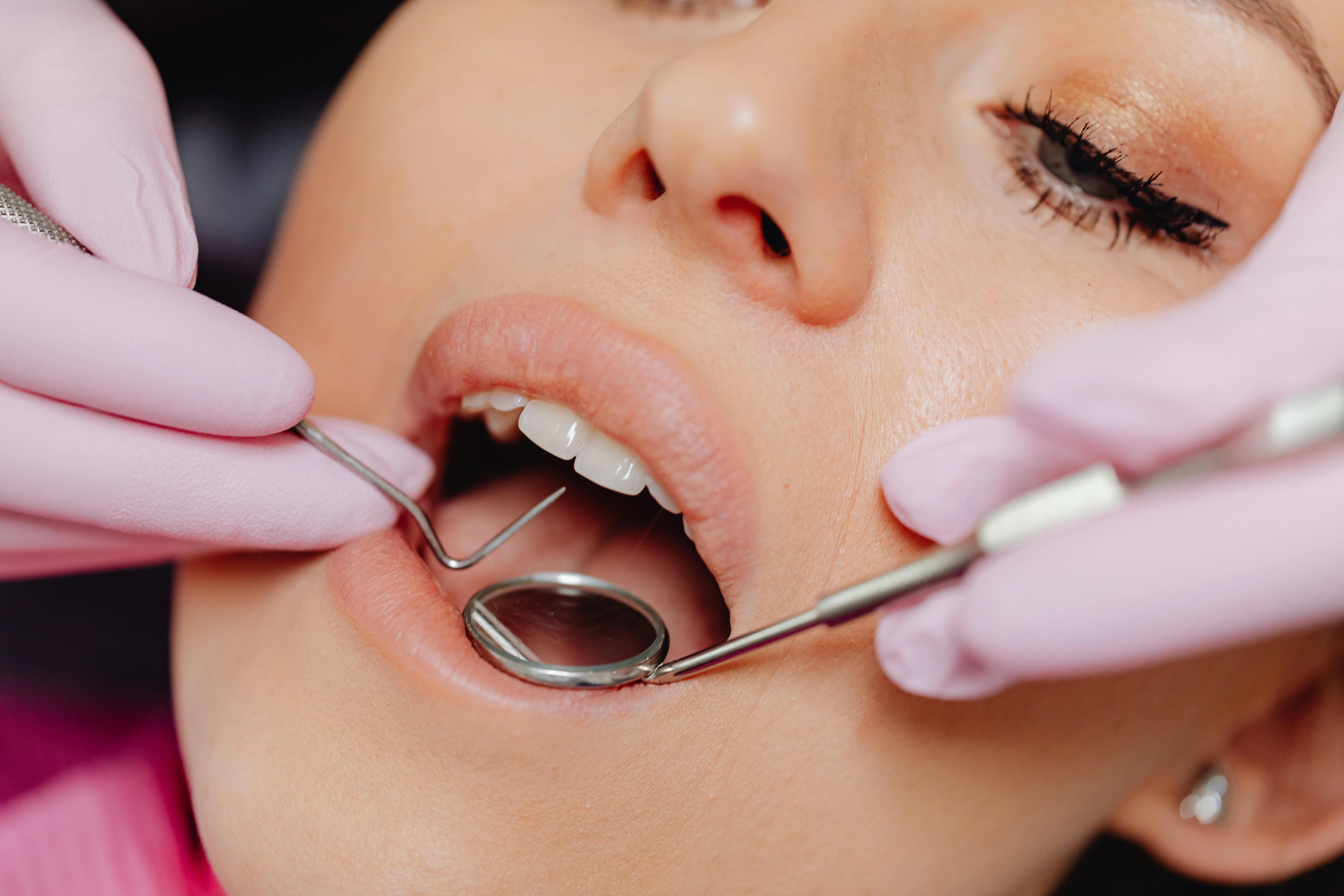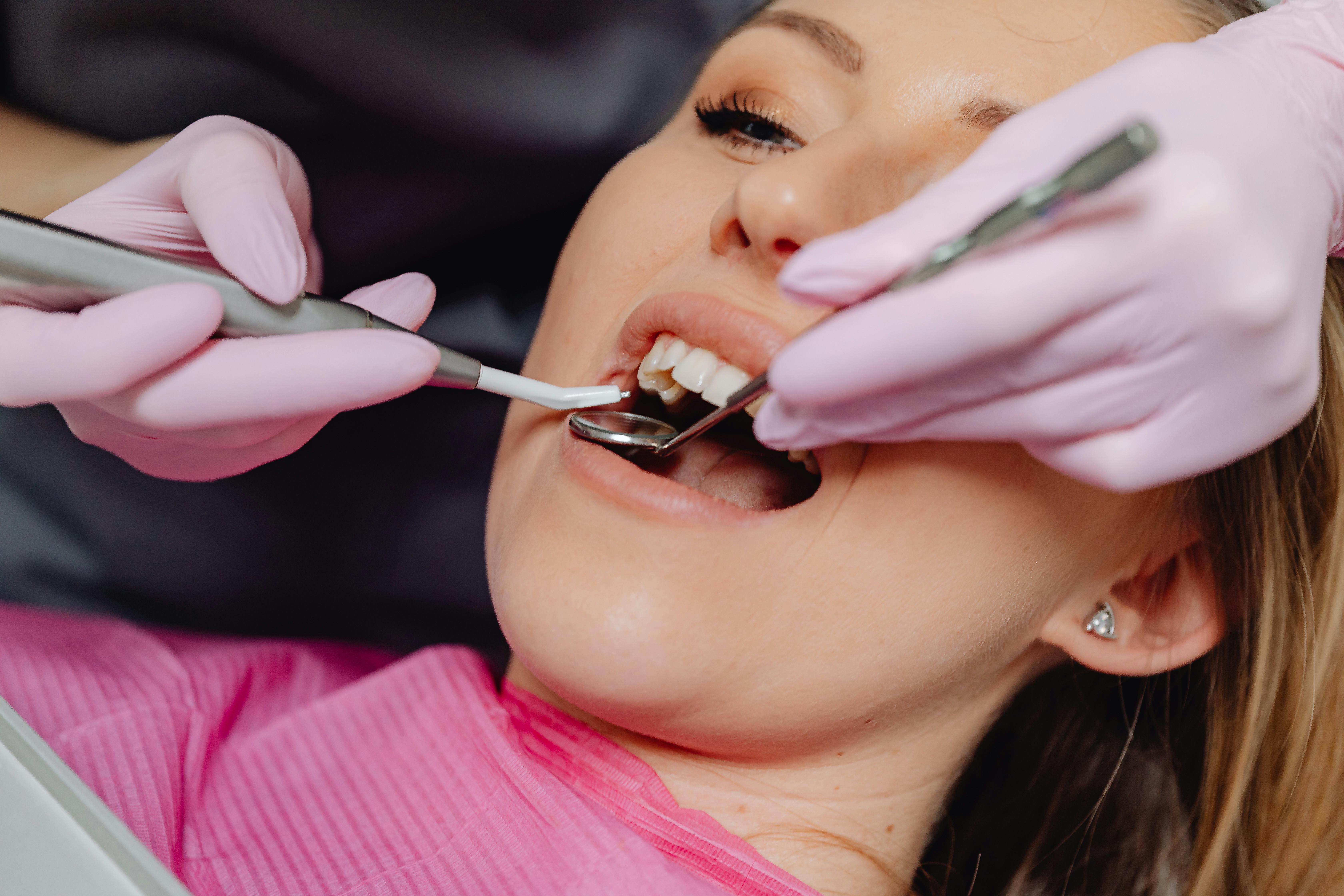Dental insurance is designed to cover the cost of preventive dental care, such as teeth cleaning. Many people are unaware that dental insurance covers teeth cleaning, so it’s important to familiarize yourself with your plan and know what is covered. This article will provide an overview of what you need to know about dental insurance and teeth cleaning coverage.Teeth cleaning is the process of removing plaque and tartar from the surface of teeth in order to prevent cavities, gum disease, and other dental issues. It is typically done by a dental professional called a hygienist, who uses specialized tools to scrape and brush away plaque from the teeth. Teeth cleaning is an important part of maintaining good oral hygiene and can help keep your mouth healthy.
Does Dental Insurance Cover Teeth Cleaning?
Yes, most dental insurance plans cover teeth cleanings. Depending on the specific plan and type of coverage, teeth cleanings may be fully or partially covered. Generally, preventive care such as routine checkups and cleanings are 100% covered, while restorative care such as fillings or crowns may be partially covered. A detailed breakdown of coverage can be found in the patient’s policy booklet or by contacting their insurance provider directly.
It is important to keep in mind that there may be a deductible or copay associated with each dental visit. Additionally, some plans limit how often a patient can receive a cleaning, so it is important to read the policy thoroughly before scheduling an appointment.
Overall, teeth cleanings are an essential part of preventive oral health care and most dental insurance plans cover them either fully or partially. It is important for patients to understand their specific coverage and any associated costs before scheduling an appointment.
Who Pays for Teeth Cleaning: Insurance or Patient?
When it comes to paying for teeth cleaning, the responsibility typically falls on either the patient or their insurance provider. In many cases, basic teeth cleaning is covered completely by the patient’s insurance plan. However, it is important to check with your individual insurance provider to determine what type of coverage you have and whether teeth cleaning is covered.
In some cases, patients may be required to pay out-of-pocket expenses for a portion of their teeth cleaning procedure. This is often due to the fact that some insurance providers do not cover certain types of treatments such as cosmetic procedures or treatments that are considered elective. If a patient does need to pay out-of-pocket expenses for a portion of their teeth cleaning, they should speak with their dentist about payment options and any discounts that may be available.
In addition, some insurance plans may require patients to meet certain criteria before they are eligible for certain types of coverage. For example, there may be limits on the number of times per year that a patient can receive coverage for preventive care such as teeth cleanings. It is important to check with your insurance provider to determine if there are any restrictions on coverage before scheduling an appointment.
Overall, who pays for teeth cleanings depends on the individual’s insurance plan and what type of coverage they have. It is important to check with your individual insurance provider in order to determine what types of treatments are covered and what out-of-pocket expenses you may be responsible for paying in order to receive treatment. Doing so can help ensure that you are able to receive dental care without any unexpected costs or surprises down the road.
What Is the Cost of Teeth Cleaning with Dental Insurance?
Teeth cleaning is an important part of good oral hygiene that helps to keep teeth and gums healthy. The cost of teeth cleaning with dental insurance varies depending on the type of coverage and the services provided. Generally, preventive care such as teeth cleaning is covered by most dental insurance plans. The cost for a teeth cleaning procedure may be reduced or fully covered, depending on the plan you choose.
In most cases, there is no copayment or coinsurance required for preventive care services like teeth cleaning. This means that the cost will be completely paid for by your insurance plan. However, if additional services are provided during a teeth cleaning appointment, such as x-rays or fillings, then there may be a copayment or coinsurance required.
It’s important to remember that dental insurance plans have annual maximums and deductibles that must be met before any benefits can be used. Therefore, it’s important to review your policy to determine if there are any limits on the coverage for preventive care services like teeth cleaning.
In addition to regular checkups and preventive services like teeth cleaning, many dental insurance plans also cover emergency care and specialized treatments such as root canals and crowns. It’s important to review your policy carefully to understand what is covered by your plan and what out-of-pocket expenses you may need to pay.
Overall, the cost of teeth cleaning with dental insurance can vary depending on the type of coverage you have and any additional services needed during an appointment. However, most plans will cover at least some portion of this procedure so it’s worth taking advantage of these benefits to keep your oral health in top condition.
Routine Dental Cleanings
Routine dental cleanings are typically the most basic type of cleaning covered by dental insurance. These cleanings typically consist of a full examination of the teeth and gums to check for signs of decay or damage, followed by a thorough cleaning to remove plaque and tartar. Depending on the policy, these cleanings may be performed every six months or annually.
Deep Cleaning or Scaling
Deep cleanings, also known as scaling and root planing, are typically recommended for those who suffer from periodontal disease. During this type of cleaning, the dentist or hygienist will use special instruments to remove plaque and tartar from below the gum line, as well as smooth the surface of the tooth roots in order to reduce bacteria buildup. It is important to note that deep cleanings may require multiple appointments in order to ensure that all areas have been properly treated.
Gum Disease Treatment
Gum disease is a serious condition that can lead to tooth loss, bone loss, and other complications if left untreated. In order to prevent further damage and restore oral health, many insurance policies will cover treatments for gum disease such as scaling and root planing, antibiotics, and sometimes even surgery.
Tooth Extractions
Tooth extractions are sometimes necessary when a tooth has become too damaged or decayed to be saved with other treatments. Most dental insurance policies will cover at least part of the cost for an extraction if it is deemed medically necessary by a dentist or specialist.

X-Rays and Fluoride Treatments
Dental insurance typically covers teeth cleaning, as well as x-rays and fluoride treatments. X-rays can help detect cavities or other problems that are not visible to the naked eye and can help to diagnose any dental issues that a person may be experiencing. Additionally, fluoride treatments are recommended for people of all ages to help prevent tooth decay. Generally, the cost of an x-ray or fluoride treatment is covered by insurance plans, though there may be some restrictions depending on the plan.
It is important to note that some dental plans may only cover certain types of x-rays or fluoride treatments. For example, a plan may only cover bitewing x-rays (which are used for diagnosing cavities) or panoramic x-rays (which provide an overall view of the teeth). Additionally, some plans may only cover topical fluoride applications rather than systemic fluoride treatments like tablets or mouthwashes.
When considering dental insurance plans, it is important to check what types of x-rays and fluoride treatments are covered and what restrictions apply. This will help ensure that any necessary diagnostic or preventive procedures can be covered by the plan and will help reduce out of pocket costs for dental care.
How Often Does Dental Insurance Cover Teeth Cleaning Visits?
Most dental insurance policies cover teeth cleaning visits at least once a year. Depending on the policy, some plans may cover more than one cleaning per year. Generally, dental insurance covers two to four teeth cleaning visits per year. The exact number of visits covered depends on the type of plan you have and your individual policy details.
Teeth cleanings are important for maintaining optimal oral health. During a teeth cleaning visit, your dentist or hygienist will remove plaque and tartar buildup from your teeth and check for any signs of decay or cavities. They may also recommend preventive treatments such as fluoride treatments or sealants to help protect your teeth from future damage.
If you’re wondering how often dental insurance covers teeth cleanings, it’s important to review your policy and talk to your dentist about the types of services they provide and how often they recommend routine visits. Your dentist can help determine the best schedule for preventive care based on your individual needs and can also work with you to make sure that any recommended treatments are covered by your insurance plan.
It’s also important to remember that regular preventive care is an important part of maintaining good oral health and helps you avoid costly procedures down the road. So even if your dental insurance only covers one cleaning a year, it’s still important to make sure you get regular check-ups and professional cleanings as recommended by your dentist.
Are Children’s Teeth Cleanings Covered by Dental Insurance?
Yes, children’s teeth cleanings are typically covered by dental insurance. Most of the major dental insurance providers provide coverage for preventive care such as regular cleanings and check-ups for children. Cleaning your child’s teeth every six months is important for maintaining their oral health, and it can help prevent cavities and other dental problems. Regular cleanings also help to identify dental issues before they become more serious and expensive to treat.
In general, most dental plans will cover up to two routine cleanings per year for children, depending on the plan’s specifics. It is important to check with your individual dental plan provider for more details about what is covered and what is not covered under the plan. Some plans may also include additional benefits such as fluoride treatments or sealants that can help protect your child’s teeth from cavities.
It is also a good idea to choose a dentist who accepts your insurance coverage, so you can be sure that all of the services you receive are covered under your plan. Your dentist can help explain what services are included in the plan and how much you will need to pay out-of-pocket for any additional treatments or procedures.

Conclusion
In conclusion, dental insurance does cover teeth cleaning in most cases if it is part of a regular preventative care program. There are some restrictions on what type of cleaning is covered, and some policies may only cover certain types of cleanings. It is important to check with your insurance provider before scheduling an appointment to make sure that the cleaning will be covered. Additionally, it is important to follow up to make sure that all claims have been processed correctly and that you are not paying out-of-pocket for any services that should be covered by your insurance plan.
Overall, dental insurance can provide a great benefit for those looking to maintain good oral health and keep their teeth clean. With the right coverage, you can enjoy regular teeth cleanings and other preventative treatments without breaking the bank.
